
Most writers aspire to write like some of their favorite authors. Of course, we all have our own "voice" and should encourage and nurture that instead of trying to write like someone else. But haven't you ever wondered what author you write like? Is that the author you'd wish to emulate?
GOOD NEWS
There’s a website which asks this questions and allows the reader to enter an excerpt for analysis. What fun! http://iwl.me/
I tried out the “I Write Like” blog analysis but, sadly, I’m not sure it’s very accurate. The results aren't consistent, or at least mine weren't, and I have to wonder the exercise really tells an author anything about his writing. If you try this out, look at the FaceBook and Tweeter for the comments and reactions of other authors. There is quite a variety.
WHO DO I WRITE LIKE?
Well, I wanted to know! I really went gungho when I tried this exercise and, eventually, entered more than a dozen excerpts from my own works. Here’s who I write like, depending on the scene.

▪ First three paragraphs of my most recent release, Destruction of the Great Wall.
Great! I've always liked his Science Fiction books, and I like him.

● Dan Brown
▪ First four paragraphs of Chapter Twenty-Four of Destruction of the Great Wall.
▪ One page at the end of Chapter Ten of. Destruction of the Great Wall.

▪ Prologue for the same short story where the opening scene is like Vladimir
Nabokov;
▪ My Travelblogs;
▪ Opening scene of romantic suspense novel.

● Stephen King
▪ A sex scene from my mafia thriller novel (This result was scary!)
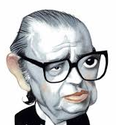
▪Several selections from my same work, the mafia thriller. I thought that was fitting.
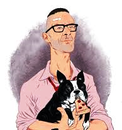
●Chuck Palahniuk
▪ This very blog
Throw into the mix James Joyce, Vladimir Nabokov, and Stephanie Myer, and I am so-o all over the place. I wish I could sell as many books as any of these authors.
Other people tell me they’ve entered multiple excerpts and always come up with the same author or a couple of authors. But they are consistent.
I noticed other authors indicating in comments they tried this for other authors as well. Because I would like to emulate three of my favorite authors, I went to the trouble of typing a few excerpts from each one. They don’t write like themselves, either.
● Katie MacAlister writes like Vladimir Nabokov based on an excerpt from “Men In Kilts”.
● Janet Evanovich writes like Raymond Chandler based on an excerpt from “Hot Six”.
● Dick Francis writes like Ian Fleming based on an excerpt from “Banker”.
THE ANALYSIS PROGRAM
The analysis program, I’m told, looks at word usage statistics, sentence length variability, punctuation, and so on but, obviously, not emotional content and the subjective aspects of your writing. Also, the program compares the sample to only selected authors, so many current writers are not included in the data base, although Stephen King, Stephanie Myer, and Dan Brown are there.
CONCLUSIONS
There are three lessons I learned from this exercise.
● First, there is a great deal of variation in the way I write.
The way I use words, the length of my sentences, punctuation, etc. I need to look at this and determine if this is an asset or a disadvantage to my writing. Perhaps the variety helps the pacing, or that different kinds of scenes can/should have different styles. It gives me something to consider. Perhaps consistency is the goal I should strive for. I’ll have to think on it and maybe talk to my editor.
● Second, there are some authors out there I haven’t read and should.
I need to take a look at works by Vladimir Nabokov, David Foster Wallace, Chuck Palahniuk, James Joyce, and Stephanie Meyer. And if I’d like to emulate certain authors, maybe I should study Ian Fleming (whose work I have read) and Raymond Chandler.
● Third, you can always find something to do to waste time instead of putting your butt in the chair and writing your own novel.
◘
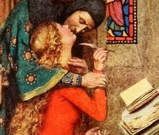

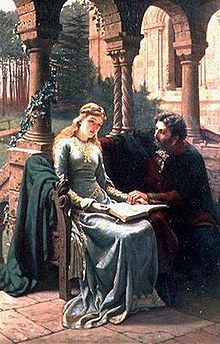
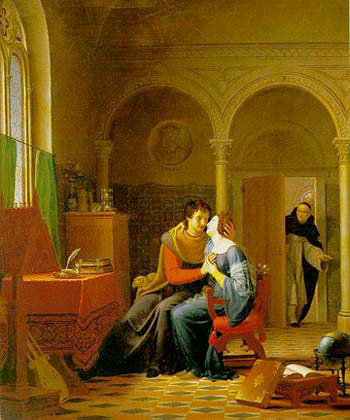
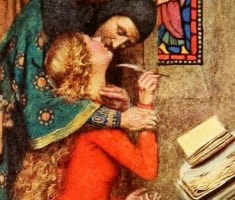

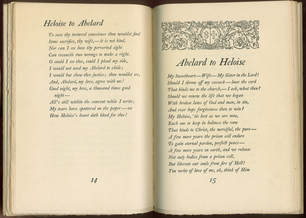
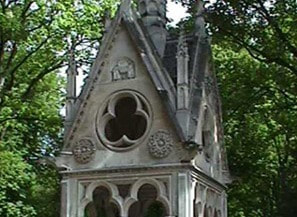
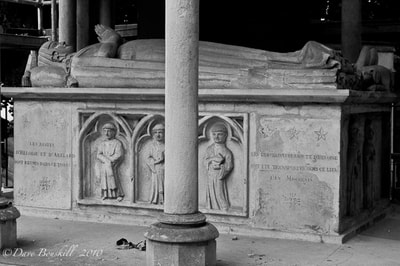
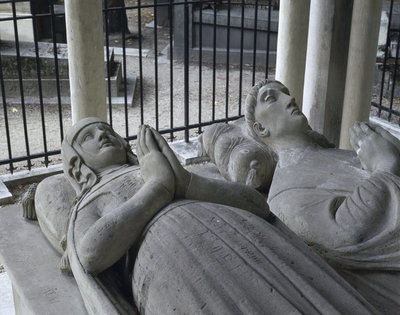

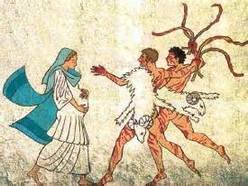

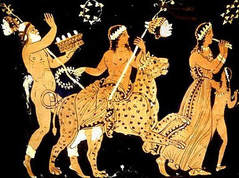

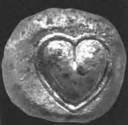
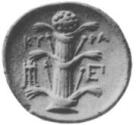

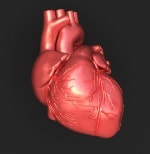
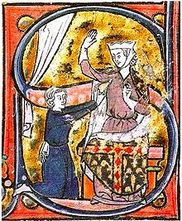
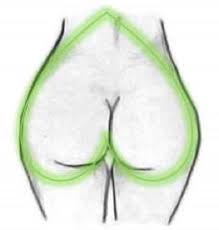




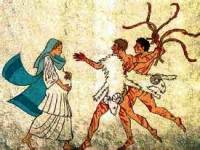

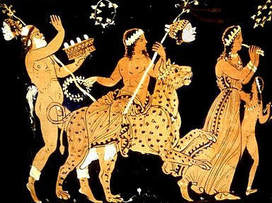




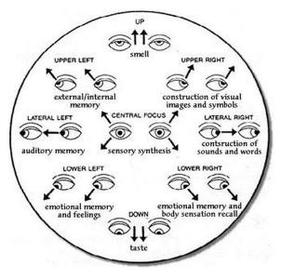
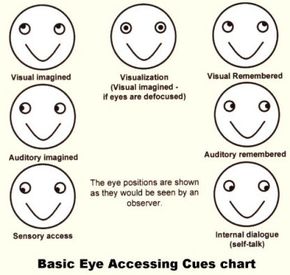


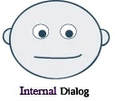



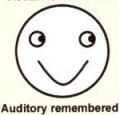
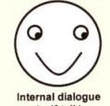
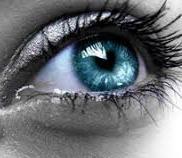
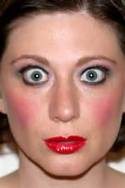

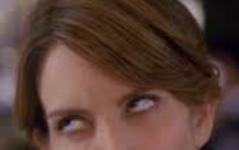


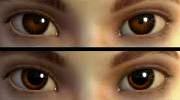


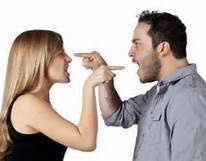


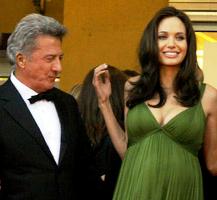




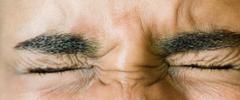
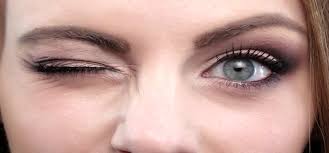




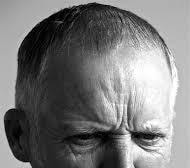
 RSS Feed
RSS Feed